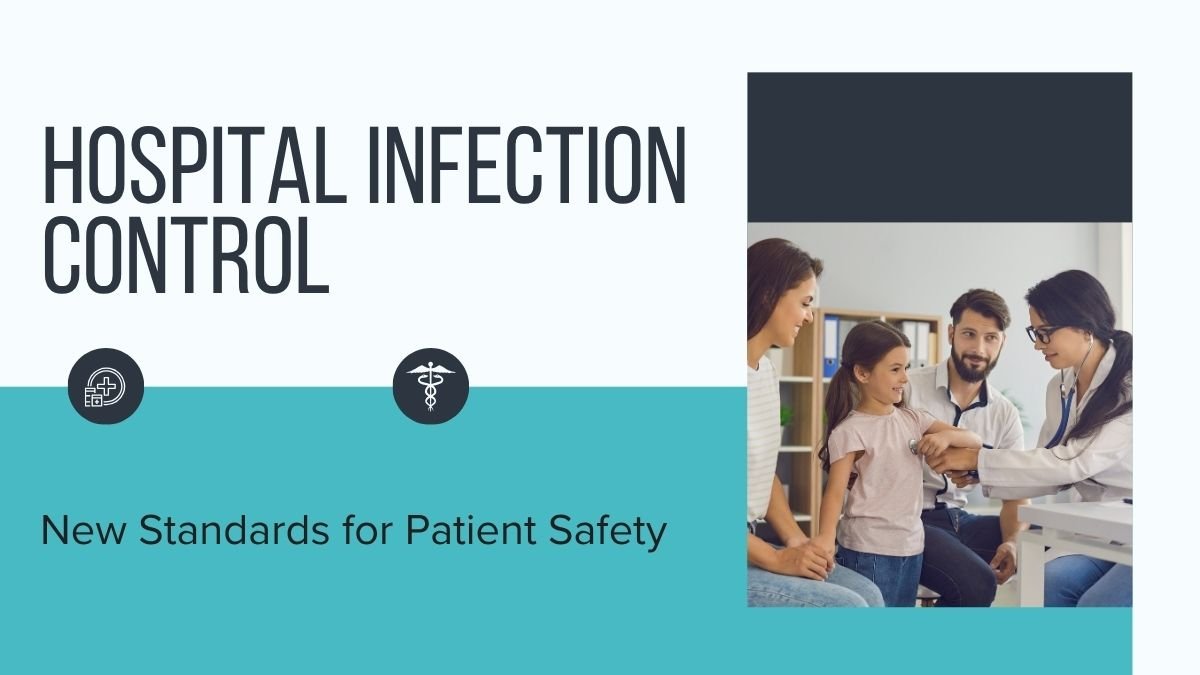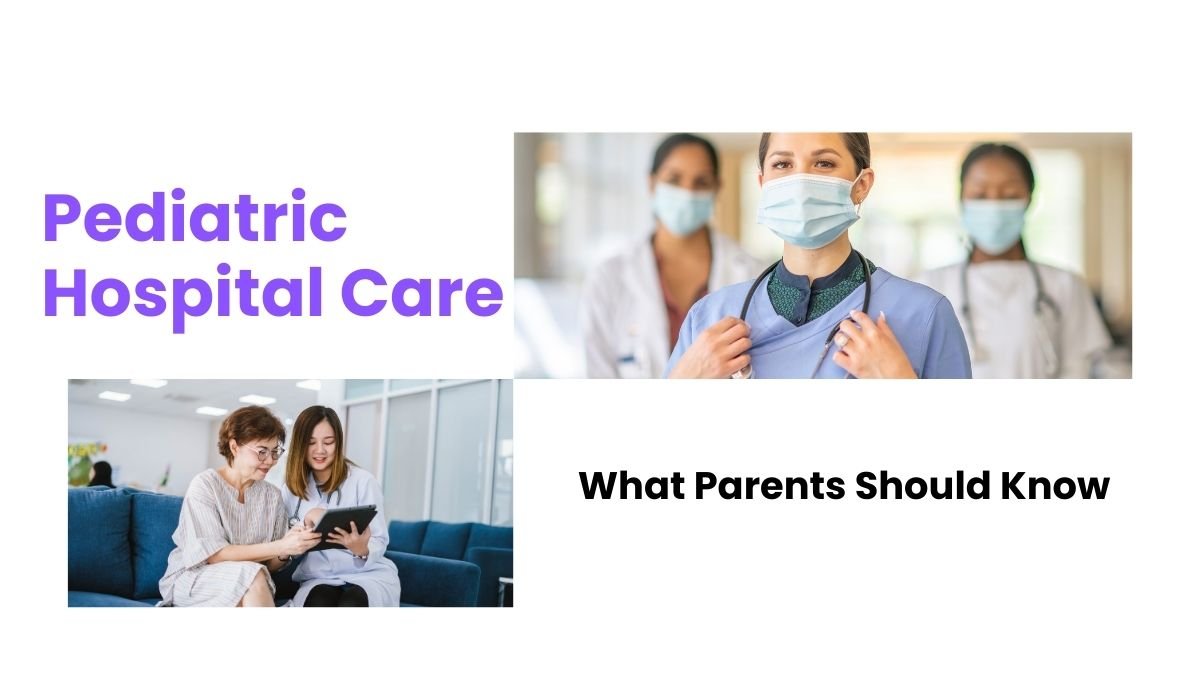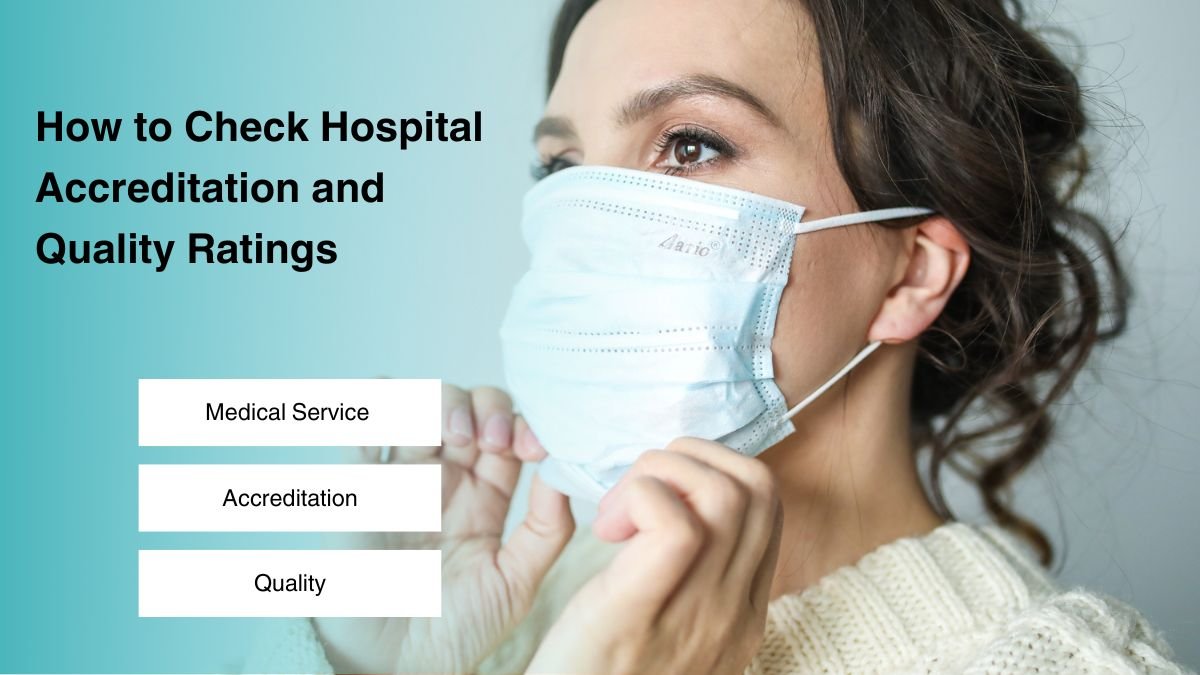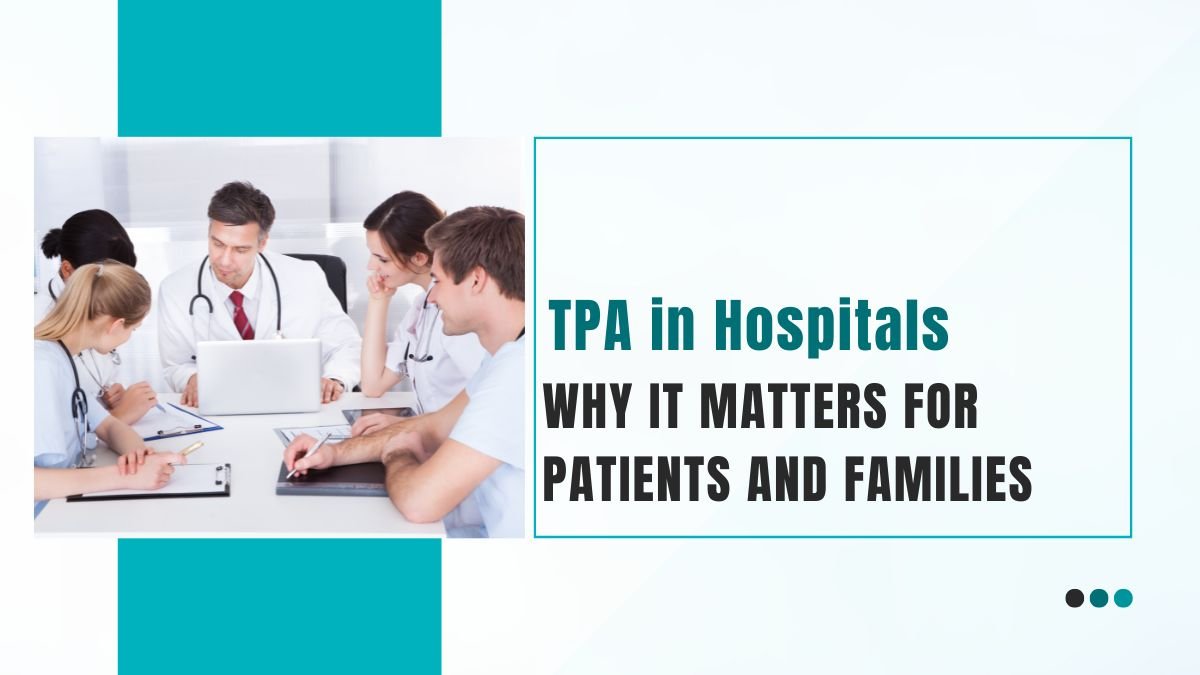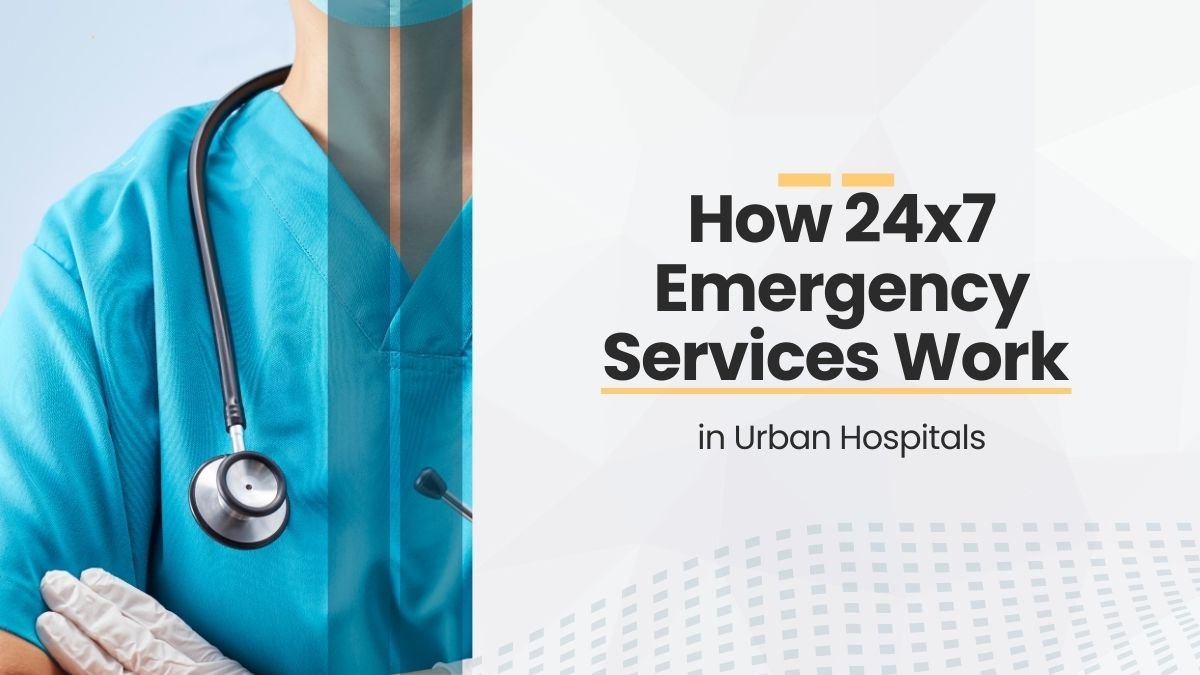Infection control in hospitals
Whenever you or someone you love goes to the hospital, everyone wants that they remain completely safe during treatment. Unfortunately, sometimes after going to the hospital, the disease takes root in a new place. This is called Healthcare-Associated Infection (HAI).
But through new instructions and systems, hospitals are now fully prepared to prevent the spread of infection. These guidelines are not just working towards “prevention” but also making the entire treatment safe and reliable.
Why is infection an important topic?
If a patient catches a new disease during treatment, his condition can become serious.
This increases the time and cost of treatment, and also affects the trust of the hospital.
The new standards are designed to:
- Minimise the risk of infection from the start
- Ensure patient and staff safety
- Maintain hospital quality and reliability
Key infection prevention measures
Below are ten key measures hospitals and staff can take to prevent infection:
1. Hand hygiene
The simplest but most effective measure is hand hygiene. Before handling a patient now, and after giving medications later. Hands should be washed with soap and water or with an alcohol-based rub. What is available?
Some of these may seem elementary practices, but they are important for the prevention of infections.
For instance, while replacing a patient, a nurse might just go to another patient without washing her hands, thus bringing in infection. So such actions may seem very small but have a very profound impact.
2. Correct use of PPE – Shield of Safety
PPE i.e. Personal Protective Equipment is the shield that staff wears to protect themselves from infection.
It includes: mask, gloves, gown, face shield or eye protection
- Wear PPE only when contact with blood, receipt or other biological fluid is possible
- The technique of wearing and removing PPE should also be correct so that infection does not spread while using it
Real example: You have to go to collect the analysis report of a patient, but if you do not wear gloves or use the mask incorrectly while collecting the report, the risk increases.
3. Patient Placement & Isolation
Some diseases spread rapidly, such as viruses that spread through mouth saliva, breath, etc.
- Such patients are kept in isolation rooms or separate wards
- Only essential staff is allowed entry, and that too wearing proper protective gear
A short story: If a TB patient is kept in a general ward, other patients in the hospital can also get infected. Therefore, isolation becomes a life-saving measure.
4. Disinfection & Sterilization
Every equipment used in the hospital—be it a surgical knife or a thermometer—must be cleaned and sterilized.
- Beds, tables, handles and other surfaces must be cleaned with disinfectants daily
- Surgeries and testing equipment must be thoroughly disinfected using proper temperature and protocol
Example: If the sterilization process of a glucometer (blood sugar measuring device) is careless, it can spread infection from one patient to another.
5. Respiratory Etiquette
This is very simple but effective:
- Cover your mouth with your elbow or handkerchief while coughing or sneezing
- If a patient has a cough or cold, he should be given a mask and kept in a separate room
Simple example in daily life: If someone has a cold and roams around in the sick ward without a mask, the virus can spread there.
6. Safe Injection Practices
- Use only single-use syringes and needles.
- Used sharp instruments should be disposed of in a sharps container.
By example, the nurse stains the needle if he does not reuse aseptically or dispose of the needle properly for the transmission of diseases like AIDS, hepatitis, etc.
7. Linen & Equipment Handling
It is very important to properly sanitize linen or equipment after patients use it.
- Keep infected linen in a separate bag
- Wash them at the prescribed temperature after cleaning
- Pack and sterilize equipment properly
8. Antimicrobial Stewardship
Wrong or unnecessary use of antibiotics can increase antibiotic resistance.
- Do not take antibiotics without doctor’s advice
- Complete the duration of the medicine and change the medicine only after consulting the doctor
9. Surveillance & Monitoring
The hospital should regularly check:
- What is the rate of infections?
- How can their treatment be improved?
Solution:
- Make monthly charts
- Analyze the incidence of infection
- Make strategies for improvement
10. Staff Training & Education
Every hospital should regularly train all its staff—doctors, nurses, cleaning staff, etc.
Training topics:
- Procedures for donning and removing PPE
- Handwashing instructions
- How equipment and surfaces should be sanitized
The wider importance of adopting new norms
The new infection control standards are not just a rule, but the foundation of hospital treatment and safety.
What it benefits:
- Increases patient safety, and speeds up recovery
- Reduces infection spread, which reduces hospital safety A rhythm prevents the spread of infection to the society
- The total cost of treatment decreases, as there are fewer complications and the need for re-treatment
- The hospital gains more recognition and trust
- By following the rules, the hospital proves to be legally safe
Conclusion: Infection control makes a trustworthy hospital
Infection control is not just a hospital’s job — it is a collective responsibility.
If all of us, staff, patients and their families:
- Follow basic habits like handwashing
- Use PPE only where necessary
- Handle used equipment, syringes and linen properly
- Get periodic training
Then we can create an environment where the hospital is prepared to fight infection, rather than just fighting disease.
This criterion is not just a technical procedure, but a committed message of safety.
